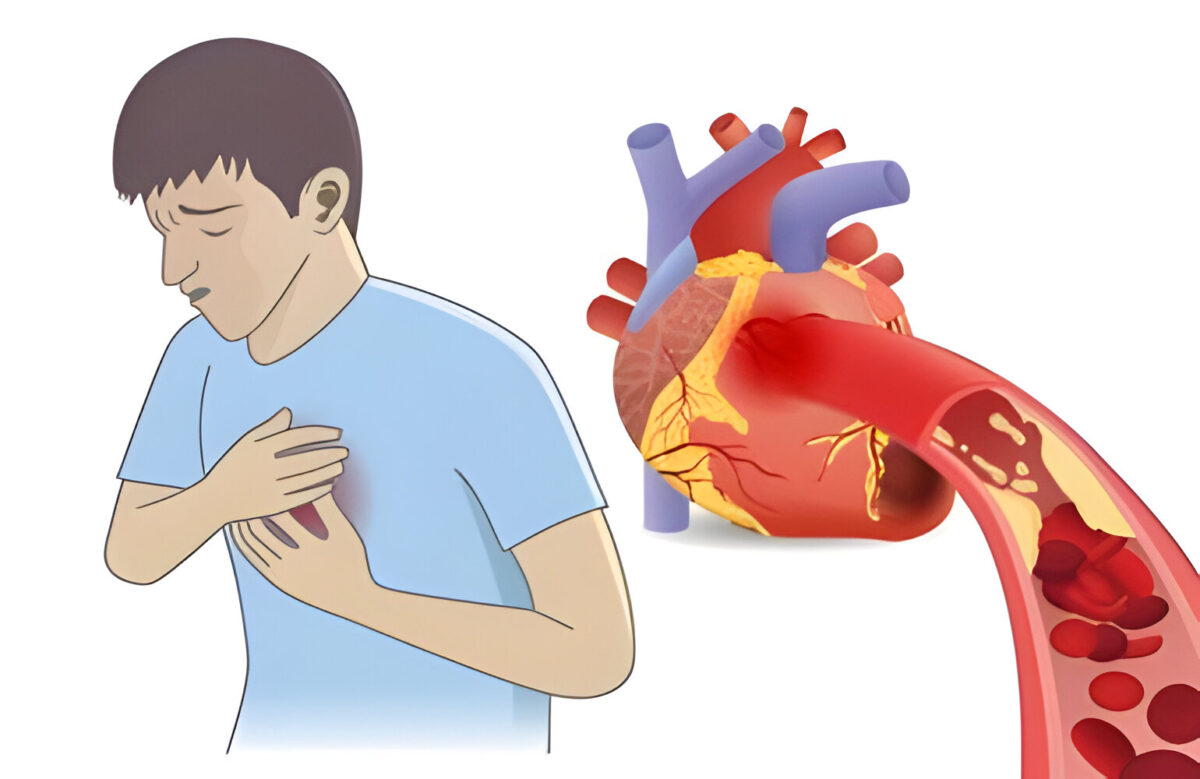In the cardiological department, second degree atrioventricular block is a bit challenging for both the patients and clinicians. This condition is characterized by the disruption of the heart’s electrical conduction system. To properly diagnose and treat second degree av block type 2 one should equally focus on pathophysiology, clinical and therapeutic interventions.
In this blog we will understand the intricacies of second degree atrioventricular block type 2. Conduction blocks are classified under three degrees. There are two types of second degree AV heart block and today we will study the second type in depth. So let’s get started.
Master ACLS Now
Get ACLS certified with confidence
How to identify 2nd Degree AV Block Type 2?
Keenly observe ECG and exercise stress tests. By monitoring closely, healthcare professionals can identify second degree AV block 2 and differentiate it from other arrhythmias. These are the key characteristics and diagnostic criteria of Second Degree AV Block Type 2:
- Irregular Heart Rhythm: Patients often exhibit irregularities in their heart rate, with intermittent pauses between heartbeats.
- Prolonged PR Interval: ECG findings typically reveal a consistent PR interval, followed by a sudden absence of QRS complexes, indicating a block in the electrical conduction pathway.
- Fixed PR Interval: Despite the intermittent blockage, the PR interval remains relatively consistent before the dropped beats, distinguishing it from other forms of AV block.
- Pattern Recognition: Identifying a consistent pattern of dropped beats on ECG tracing, often occurring in a 2:1 or 3:1 ratio, can signify Second Degree AV Block Type 2.
- Clinical Symptoms: Patients may present with symptoms such as dizziness, lightheadedness, syncope, or palpitations, particularly during episodes of bradycardia.
- Exercise Testing: Exercise stress testing can help provoke and unmask latent conduction abnormalities, aiding in the diagnosis of Second Degree AV Block Type 2.
Read More: ECGs in Acute Myocardial Infarction
How to treat 2nd Degree AV Block Type 2?
To effectively manage 2nd degree AV block type 2, it is important for healthcare professionals to take a personalized approach. This reduces the scope of complications and ensures positive patient outcomes. By following these steps, you can treat and manage second degree atrioventricular block type 2-
- Identification of Underlying Etiology: Conduct a thorough evaluation to identify any reversible causes or contributing factors, such as electrolyte imbalances, medication side effects, or myocardial ischemia.
- Close Monitoring: Continuously monitor the patient’s cardiac rhythm and clinical status to assess the severity of the block and the need for intervention.
- Temporary Pacing: In symptomatic patients with severe bradycardia or hemodynamic instability, temporary pacing via transcutaneous or transvenous methods may be necessary to restore normal heart rate and prevent complications.
- Permanent Pacemaker Implantation: For patients with recurrent symptomatic episodes or high-grade AV block, permanent pacemaker implantation is often recommended to maintain appropriate heart rate and rhythm.
- Medication Management: In some cases, medications such as atropine or isoproterenol may be used as temporary measures to increase heart rate and improve conduction, particularly in acute settings.
- Lifestyle Modifications: Encourage patients to adopt heart-healthy lifestyle habits, including regular exercise, maintaining a balanced diet, and avoiding excessive alcohol consumption, to reduce the risk of arrhythmia recurrence.
- Patient Education: Educate patients about the nature of their condition, potential triggers, and the importance of adhering to treatment recommendations and follow-up care.
Read More: Ventricular Fibrillation: Causes, Symptoms, and Treatment
Permanent Pacemaker: Indications and Benefits
In many cases of second degree AV block 2, patients need pacemakers. The implantation of pacemakers help with effective long-term treatment. These are the key indications and benefits of a permanent pacemaker.
Indications for Permanent Pacemaker:
- Recurrent Syncope: Patients experiencing frequent fainting spells due to the irregular heart rate.
- Severe Bradycardia: Persistent slow heart rate that causes symptoms such as dizziness, fatigue, or shortness of breath.
- Hemodynamic Instability: Instances where the heart block leads to significant drops in blood pressure or other signs of poor cardiac output.
- Symptomatic Episodes: Patients with consistent symptoms related to Second Degree AV Block Type II that interfere with daily activities.
- High-Grade AV Block: Cases where the block occurs frequently or in critical conduction pathways, posing a risk of complete heart block.
Benefits of Permanent Pacemaker:
- Restoration of Normal Rhythm: The pacemaker helps maintain a consistent heart rate, preventing the irregularities caused by the AV block.
- Symptom Relief: Significant reduction in symptoms such as dizziness, fatigue, and syncope, improving overall quality of life.
- Prevention of Complications: Reduces the risk of progression to complete heart block and other severe complications associated with untreated AV block.
- Improved Exercise Tolerance: Patients often experience better exercise capacity and less exertion-related fatigue.
- Enhanced Safety: Continuous monitoring and automatic adjustment of heart rate by the pacemaker ensure patient safety during various activities.
Conclusion
Second Degree Atrioventricular Block can lead to complete heart failure. Without prompt treatment, the condition can get drastically worse. If the patient needs a pacemaker, personal medical history should be carefully considered. With the help of early recognition and treatment, patients can significantly improve. Continued education and training for healthcare professionals can enhance both quality of life and survival rates.







